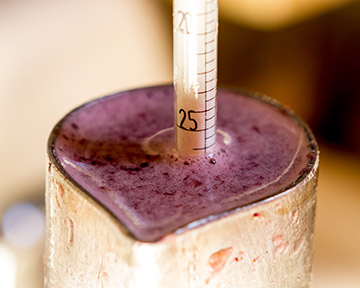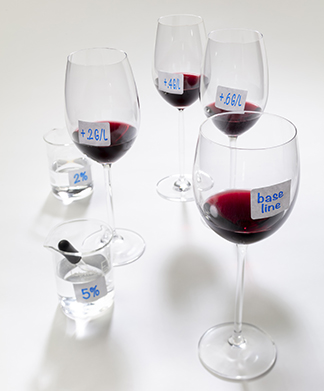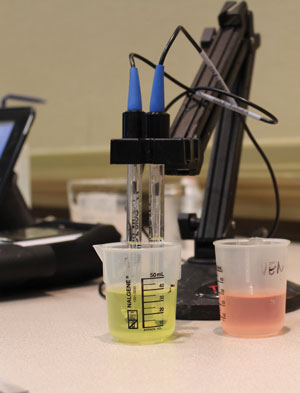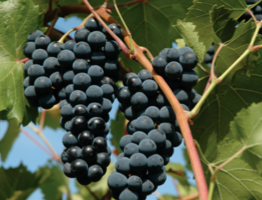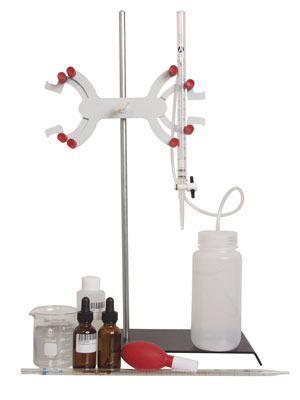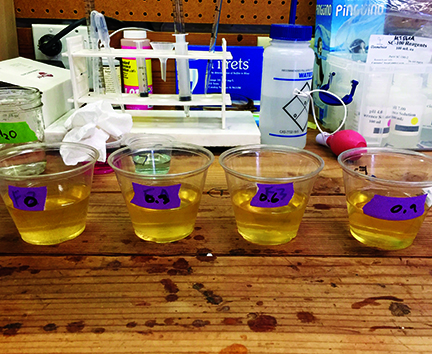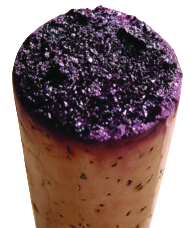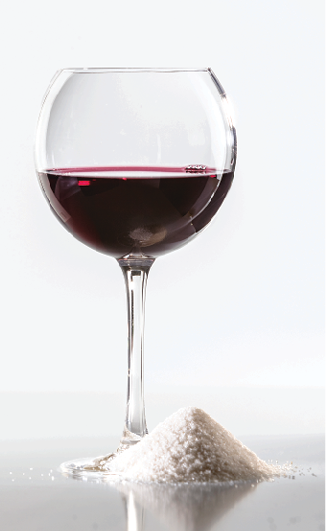Topic: Acid
Get the Most From Harvest Numbers
While taste should drive many decisions, the numbers can’t be ignored. Chik Brenneman shares the ideal statistics he looks for at harvest and what numbers outside of this range mean when the grapes enter the winery.
Reducing acid in wine
In challenging vintages where grapes just don’t get ripe enough, or in areas where summer is cool and the growing season is short, acid reduction methods can really help. The most used
Balancing Wine Acidity
Acid is a critical building block in a wine’s structure. Learn how to balance acidity by testing, adjusting, and most importantly, tasting.
Just the pHacts
If you are a winemaker looking to boost your wine’s quality, then tracking pH is a must. Bob Peak introduces the chemistry behind the numbers we obtain and how to use them to our advantage.
Post-Fermentation Wine Acid Adjustment
Great topic and great questions. If you’ve read my columns over the years, you’re familiar with my mantra of acid being the “backbone” of wine, as well as the importance of having
Dealing With Acid Issue on a Raspberry Wine
I really applaud you for keeping such detailed records and testing regularly. This really helps me when diagnosing issues and coming up with ways to help. I want to start off by
Finding Balance with Hybrids
Hybrid grapes pose certain challenges to winemakers including higher acidity and lower tannins. Three cool-climate winemakers share their advice to create a balanced wine from these grapes.
Adding Sorbate After MLF
Winemakers typically add sorbate (aka sorbic acid, often purchased as potassium sorbate) when they want to bottle a wine with a little residual sugar. It is often added right before backsweetening and
Testing for Titratable Acidity
Titratable acidity, or TA, is often viewed as a more advanced test, but it shouldn’t be. With a simple kit and a good pH meter, anyone can measure TA in any wine. Bob Peak has some straightforward advice for winemakers to help you bring balance to your wines through TA.
Adjusting Acidity in Wine Kits
Wine kits are so wonderful because they tend to be easier and more predictable than just starting from a fresh batch of grapes. Kits have instructions to follow and you’re right, most
Bench Trials and Tribulations
A home winemaker details the four bench trials he conducted to adjust the acidity of a low-pH Sauvignon Blanc to show how the process is done and share the impact each approach had on the wine.
When The Acid Kicks In: Don’t just factualize, conceptualize acid in wine
Getting a wine’s acid levels right plays a big role in perception and profile, but numbers only tell part of the story. Don’t just use numbers to decide how you treat your wine — use some sense and your senses.
Wine Acid 101
Balance is often the key to producing a winning wine. This means knowing how to measure and adjust acidity if needed. Learn the basics of wine acids.
Affects of Acid
In general, I think of how TA (titratable, or total acidity) and pH impact flavor and mouthfeel in this simple (and yes, perhaps simplistic) way: TA determines how tart or sour a
Cane Juice Wine
That’s coming is a long answer but I hope it will speak to the many possible country wine situations in which you may find yourself. A good number of our readers choose
Properly Adding Acid to a Barrel
I agree with you in that acid adjustments, especially big ones, can best be made in two steps. That way you can see if you like the result as you go along.
pH Reanalysis
The answer to your question depends on the size of your batch. The bigger your batch, especially if it’s must all mixed together with juice and skins, you need to mix quite
Post-Fermentation Acid Adjustments
I would only adjust with tartaric acid, and not an “acid blend” that contains either malic or citric acids. Both of the latter can be fermented by organisms in the bottle. On
Using Tartaric Acid
I absolutely recommend that you bring your TA up and your pH down after MLF is complete. This is best accomplished by tartaric acid, because wine bacteria will not consume tartaric acid;
Adjusting Acid In An Aged Wine
You can absolutely adjust acidity in a wine when it is one year old. Though I often say that it’s best to do major adjustments early on in a wine’s life (since
Tartrate Crystals
I always think that trying to precipitate out some of the worst crystals that could form is a good idea, especially for any wine that may be sold commercially or entered into
Sugar and Acid Wine Adjustments
We’d all love to make wine from the perfect grapes picked with ideal sugars, acidity, and pH. Unfortunately, often due to reasons beyond our control, that is not always how grapes arrive at the home winery. In that case, the winemaker has a number of decisions that must be made.
Post-Fermentation Wine Tweaks
Sometimes, a wine you believed would be balanced during fermentation comes up a little short after fermentation is complete. Learn what you can do to restore it to an order of balance with these post-fermentation adjustments.
Reducing Acidity of Wine
That’s great that you are already planning ahead for this upcoming harvest. Indeed, a TA of 10.0 g/L is very high and I would certainly plan on de-acidifying for style as well
Making Acidity Adjustments Post-Fermentation
You certainly can adjust acidity after fermentation is complete, but many winemakers feel that the acid is better-integrated, as well as less-detectable, the earlier it is added. That being said, by all
